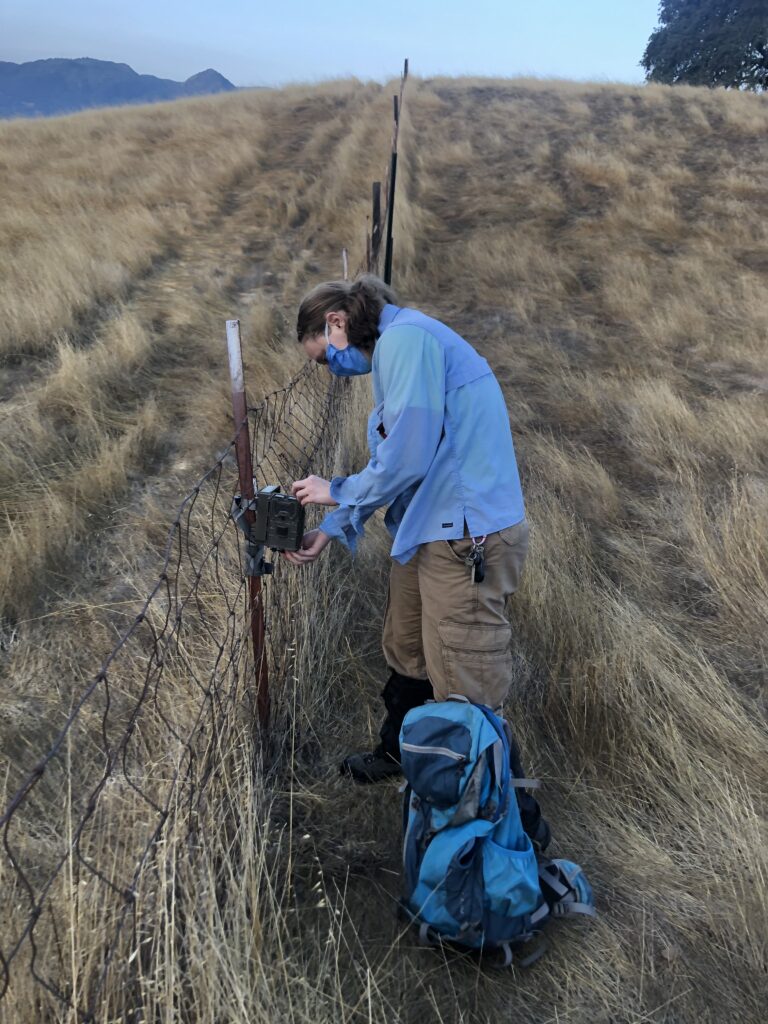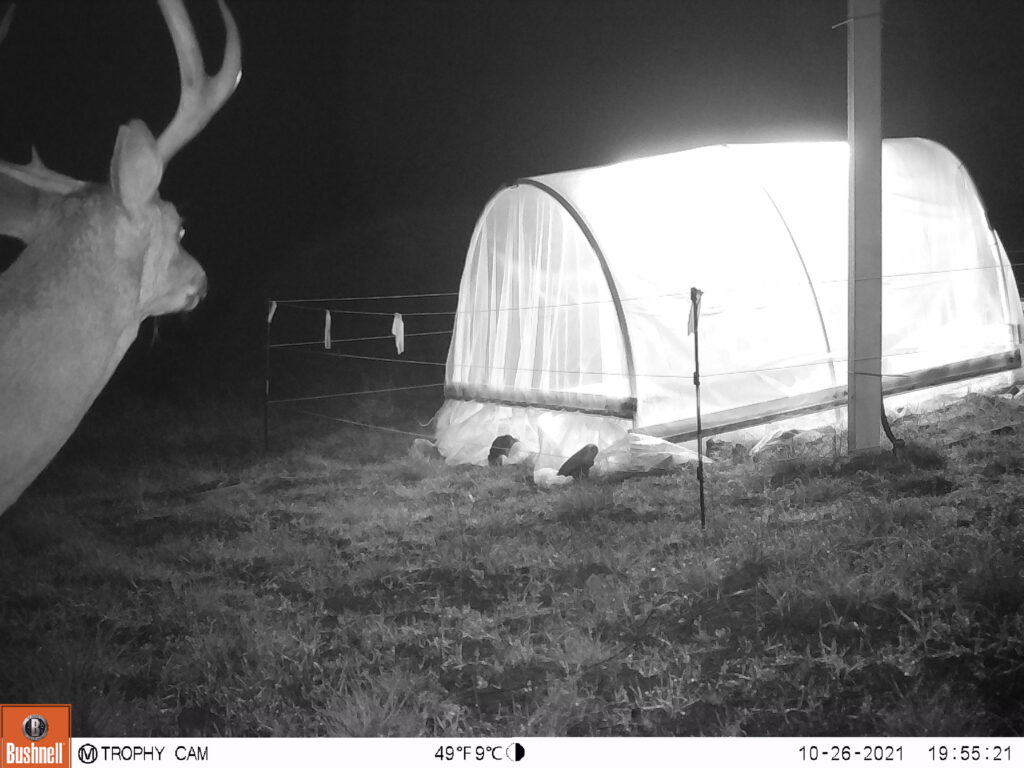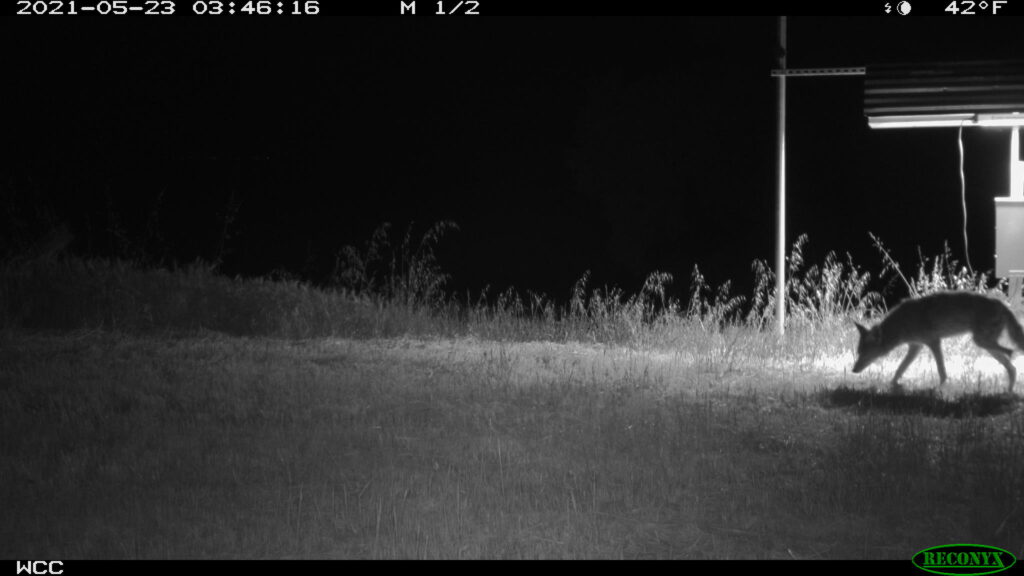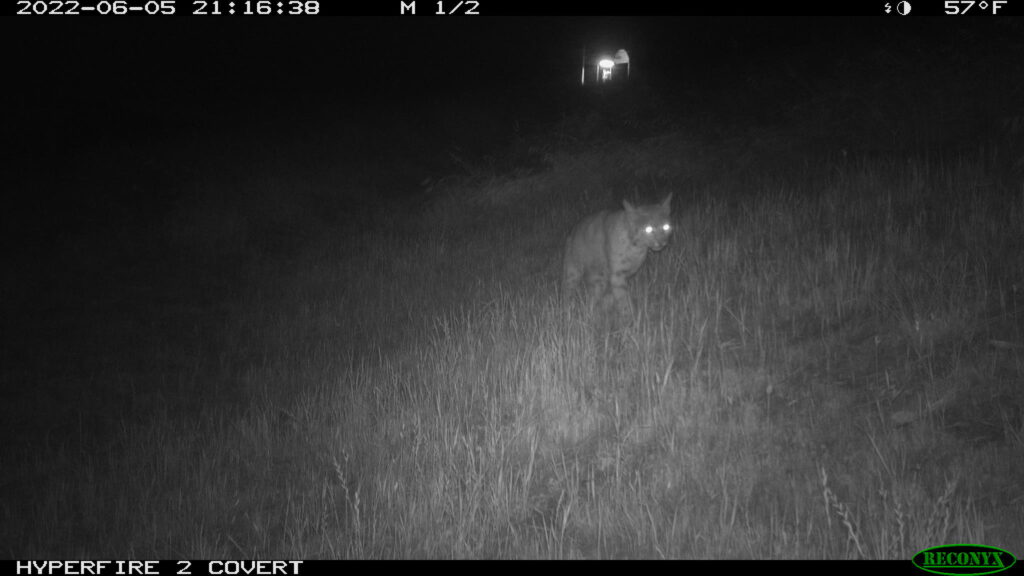
How does it feel being a postdoc and what have you been doing during your time as a postdoc?
It feels nice to have a bookend on a really large and important chapter of my life. Going from grad school into a postdoc, I think the postdoc phase is a little bit nebulous and confusing [because] you’re no longer a grad student, but you’re also not a professor. And so, “Who are you? What are you? What do you do?” can be a little bit amorphous. For me, that also comes with a certain level of freedom and creativity in that I get to decide what that looks like. And I also get to focus in [on my own projects]… The expectations are that you sort of get to be a little bit of a lone wolf and do your own thing as a postdoc. The tradeoff with that is that it can be kind of isolating… [postdocs are often an] invisible group of people on campus, and even I don’t know most of the other postdocs in our department. I’ve never met any others except for the ones that I sit with in my office. So there are tradeoffs. Basically, there are some things that I really love and there are things that are kind of more isolating or confusing about the role.
Besides your postdoc journey, what current research are you doing?
Right now I am managing a few different projects. The main one, the focus of my postdoc research, is actually a continuation from a grant that I applied for as a grad student. We are looking at light and noise disturbance and the responses of multi-taxa wildlife. Specifically, we are mimicking the types of light and noise disturbance that we would find on a cannabis farm, and then we are measuring the responses of flying insects, small mammals, reptiles, amphibians, birds, bats, large mammals — so trying to cover a pretty broad range of wildlife responses. That’s my work with the Brashares Lab. I’m also co-advised right now with Dr. Christopher Schell. And as part of the Schell Lab, I’m helping out with our East Bay wildlife monitoring efforts, our more local camera grid, and helping some of those data get off the ground. I am collaborating on some projects around wildlife response to COVID-19 lockdowns and the social and economic influences on wildlife distribution, so more urban ecology, environmental justice lenses. Those are my main postdoc research projects, and then at the same time I’m trying to wrap up some of the stuff from grad school, get some of those papers out the door.



During your experience with all of this, how has B-Lab supported you?
So first and foremost, the Brashares lab is my home base and really my core collaborators, friends, mentors along the way. Particularly with this project that I’m working on with the light and noise disturbance, Kendall and Amy have been a huge support. All of us who’ve done work at Hopland have really helped to shape this project and its trajectory and even some alums, Kaitlyn Gaynor and Alex McInturff, I think of them as the “grandparents” of this project who helped inspire a lot of what we’re doing at Hopland. Having the regular feedback from everyone in the lab and being able to bounce ideas off of them and that sense of an academic intellectual community is critical for me and how I do my work. How I enjoy working is having that interaction, communication, collaboration, brainstorming. So, the B-Lab has been critical.
Questions asked by Caroline Lobel.